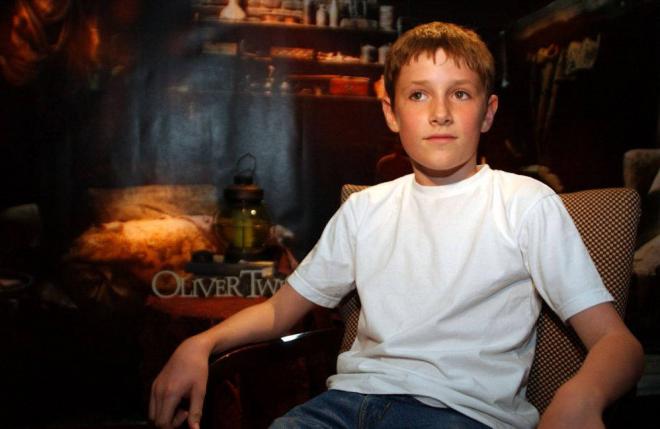

In fact, several news agencies report that Abiomed will seek approval from the U.S. If the $70,000 to $100,000 device is successful, meaning it can prolong the life of a patient without complications, it could be approved for use in more heart centers around the United States. The FDA has been reviewing the results of these transplants on a case-by-case basis to determine the future of the AbioCor device. These surgeries have taken place at medical centers in Houston, Los Angeles, Boston and Philadelphia. Twelve of the proposed 15 surgeries have been done. Food and Drug Administration (FDA) has allowed Abiomed to perform 15 implants as part of a clinical trial. Ten other patients have also died, but the recipients of the AbioCor heart have lived an average of five months after their transplants. Robert Tools, the patient who received the heart transplant on July 2, 2001, at Jewish Hospital in Louisville, has passed away. The device is designed to double life expectancy for patients who had only about 30 days to live before the operation. Originally, Abiomed officials cautioned against overly optimistic results the most optimistic predictions were that a patient could live up to six months with the AbioCor heart. Since this first transplant, more procedures have been done. The surgical team ensures that the heart is working properly.The patient is taken off the heart-lung machine.All of the air in the device is removed.Surgeons use "quick connects" - sort of like little snaps - to connect the heart to the pulmonary artery, aorta and left and right atria. Grafts are cut to an appropriate length and sewn to the aorta and pulmonary artery.A plastic model is placed in the chest to determine the proper placement and fit of the heart in the patient.Atrial cuffs are sewn to the native heart's right and left atria.This part of the surgery alone takes two to three hours. They leave in the right and left atria, the aorta and the pulmonary artery. Surgeons remove the right and left ventricles of the native heart.The breast bone is opened and the patient is placed on a heart-lung machine.Surgeons implant the energy-transfer coil in the abdomen.The AbioCor heart, which is composed of titanium and plastic, connects to four locations: It monitors and controls the pumping speed of the heart. Controller - This small electronic device is implanted in the patient's abdominal wall.

Each rechargeable battery offers about four to five hours of power.

Internal battery - A rechargeable battery is implanted inside the patient's abdomen.The internal coil receives the power and sends it to the internal battery and controller device.
#BARNEY CLARK HEART SKIN#


 0 kommentar(er)
0 kommentar(er)
